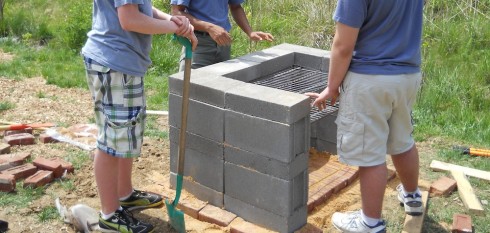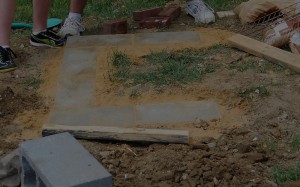Bora Zivkovic compiles some information on how kids circadian rhythms change during adolescence, and advocates for later school starting hours.
He points out the interesting concept of chronotypes:
Everyone, from little children, through teens and young adults to elderly, belongs to one of the ‘chronotypes’. You can be a more or less extreme lark (phase-advanced, tend to wake up and fall asleep early), a more or less extreme owl (phase-delayed, tend to wake up and fall asleep late). You can be something in between – some kind of “median” (I don’t want to call this normal, because the whole spectrum is normal) chronotype.
— Zivkovic (2012): When Should School Start in the morning in Scientific American (blog).
And how your chronotype gets phase-delayed at puberty:
No matter where you are on these continua, once you hit puberty your clock will phase-delay. If you were an owl to begin with, you will become a more extreme owl for about a dozen years. If you are an extreme lark, you’ll be a less extreme lark. In the late 20s, your clock will gradually go back to your baseline chronotype and retain it for the rest of your life.
— Zivkovic (2012): When Should School Start in the morning in Scientific American (blog).


